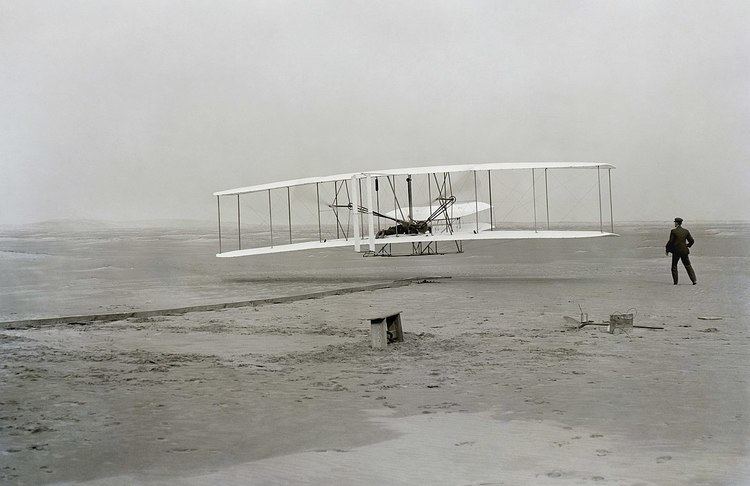The year 1903 in science and technology involved some significant events, listed below.
(Text) CC BY-SA

